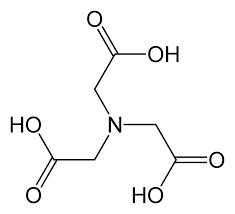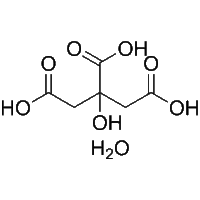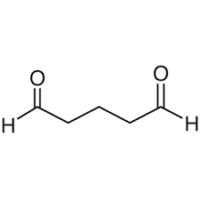
NTA (Nitrilotriacetic Acid)
What is NTA?
NTA, or Nitrilotriacetic Acid, is a versatile chemical compound with wide-ranging applications in various industries. This organic compound is known for its chelating properties, which allow it to form stable complexes with metal ions. This property makes NTA valuable in industries where the control of metal ions is crucial.
Applications of NTA
- Water Treatment: NTA is commonly used in water treatment processes. It serves as a chelating agent to control and remove metal ions, such as calcium and magnesium, which can lead to scaling and reduce the efficiency of water treatment equipment.
- Detergents: NTA is an essential ingredient in detergents, particularly in the formulation of heavy-duty and industrial cleaning products. It helps improve the detergency of these products by binding to metal ions that can interfere with cleaning agents.
- Agriculture: In agriculture, NTA is utilized as a chelating agent in micronutrient fertilizers. It enhances the availability of essential metal ions like iron, zinc, and copper to plants, promoting healthier growth.
- Chemical Industry: NTA is used in the chemical industry for various purposes, including as a stabilizer for hydrogen peroxide and as a chelating agent in the production of metal-based catalysts.
- Medical Applications: NTA plays a role in medical diagnostics as a complexing agent in certain laboratory tests and reagents.
NTA: Benefits
The use of NTA offers several key benefits:
- Effective Chelation: NTA’s ability to form stable complexes with metal ions makes it highly effective in controlling the presence of these ions in various processes.
- Improved Cleaning: In detergents, NTA enhances cleaning efficiency by sequestering metal ions that can interfere with cleaning agents’ performance.
- Water Quality: In water treatment, NTA helps maintain water quality by preventing scaling and corrosion caused by metal ions.
- Agricultural Productivity: In agriculture, NTA aids in nutrient uptake by plants, leading to improved crop yields.
- Versatility: NTA’s versatility extends to multiple industries, making it a valuable chemical compound in various applications.
How NTA is Made
The production of NTA typically involves the following steps:
- Raw Materials: The primary raw materials used in NTA production include ammonia, formaldehyde, and hydrogen cyanide.
- Synthesis: These raw materials undergo a series of chemical reactions to produce NTA.
- Purification: The resulting mixture is purified to remove impurities and unwanted byproducts.
- Formulation: The purified NTA is formulated into various product forms, such as liquid solutions or solid powders, depending on its intended application.
In conclusion, NTA, or Nitrilotriacetic Acid, is a valuable chemical compound widely used in water treatment, detergent manufacturing, agriculture, and the chemical industry. Its chelating properties make it effective in controlling metal ions, which can have adverse effects in various processes. The versatility and benefits of NTA underscore its significance in industries where the management of metal ions is essential for optimal performance and efficiency. Understanding its applications and production process highlights its importance in diverse industrial sectors.
Where can I buy NTA (Nitrilotriacetic Acid) in Europe ?
Contact us for NTA (Nitrilotriacetic Acid) availability and prices



